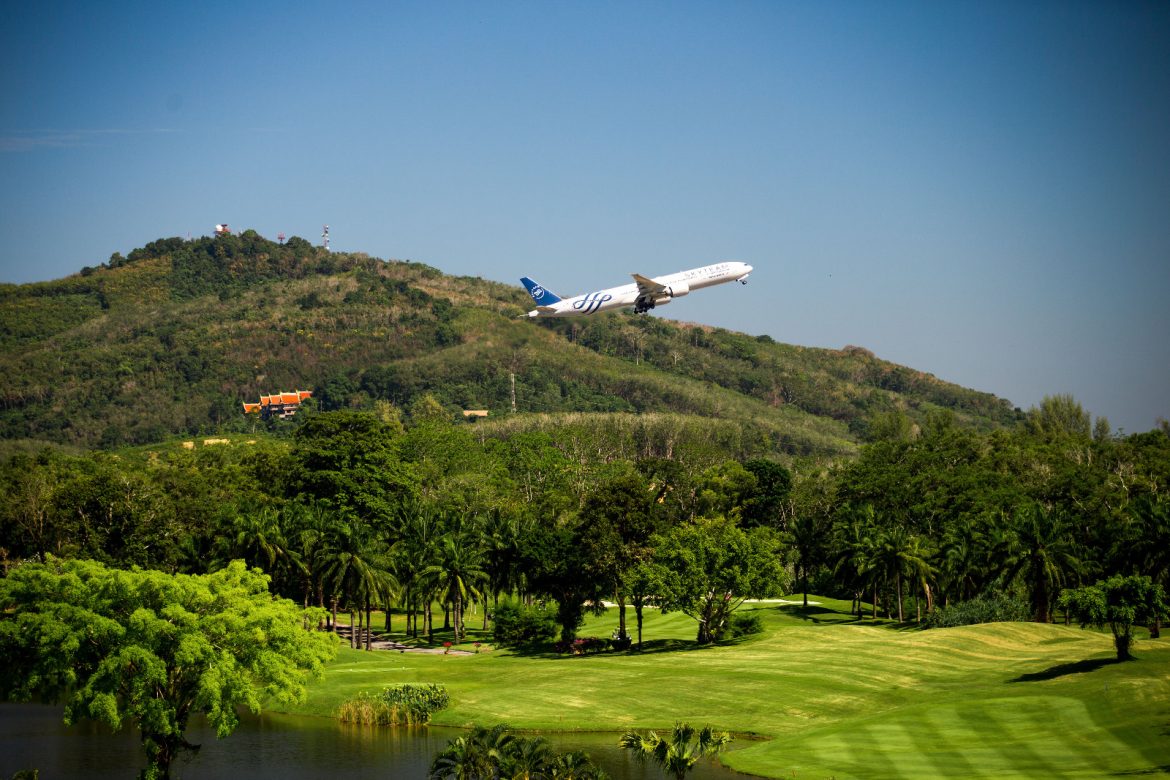InterGlobe Aviation, the parent company of IndiGo, experienced a decline in net profit for the quarter ending June, with earnings falling 11.7 per cent year-on-year to INR 2,728 crore. This decrease occurred despite robust air travel demand, as the company faced increased fuel and other operational expenses.
The company’s revenue from operations showed positive growth, rising 17.3 per cent to reach INR 19,570 crore in the first quarter, compared to INR 16,683.1 crore in the corresponding quarter of the previous year.
However, IndiGo’s total expenses saw a significant increase of 24 per cent, amounting to INR 17,449 crore in the June quarter. A major contributor to this rise was aircraft fuel expenses, which reached INR 6,416 crore, marking a 22.7 per cent increase from INR 5,228 crore in the same period last year. It’s worth noting that jet fuel typically accounts for approximately 40 per cent of an airline’s operational costs. The company’s aircraft and engine rental costs more than tripled, reaching INR 624 crore in Q1 FY25.
India’s largest carrier reported an EBITDAR (earnings before interest, tax, depreciation, amortization, and rent) of INR 5,811 crore, representing a growth of 11.5 per cent.
The budget airline experienced a slight decline in its load factor, which measures the utilization of passenger carrying capacity. This metric decreased by 1.9 percentage points to 86.7 per cent for the June quarter.
In terms of capacity, IndiGo’s available seat kilometres (ASK), a measure of an aeroplane’s revenue-generating carrying capacity, increased by 11 per cent year-on-year to INR 3,630 crore in Q1.
The carrier’s yield, which represents the average revenue received per paying passenger flown one kilometre, saw a modest increase of 1.3 per cent year-on-year, rising to INR 5.24 in Q1 FY25 from INR 5.18 in the corresponding quarter of the previous year.
Pieter Elbers, CEO of InterGlobe Aviation, expressed satisfaction with the company’s performance, stating, “I am pleased to report another strong quarterly financial performance for the first quarter of financial year 2025.” He highlighted the continued growth in total income, which rose 18 per cent compared to the same period last year, reaching INR 20,250 crore, and emphasized the net profit of INR 2,730 crore, resulting in a solid margin of approximately 14 per cent.
Elbers also mentioned the upcoming 18th anniversary of the company, during which they plan to unveil new initiatives aimed at addressing evolving market developments and customer feedback.
The broader context of India’s aviation industry is noteworthy. According to aviation consultant CAPA, India’s airline fleet is projected to double by 2030, with carriers potentially adding up to 700 aircraft in the next 5-7 years. IndiGo, which currently holds around 60 per cent of the domestic market share, is planning to add at least one aircraft every week to its fleet.
India’s aviation market remains underpenetrated, with expectations of significant growth. The industry is anticipated to more than double in size from approximately 225 million passengers this fiscal year to 510 million passengers by FY30, as per CAPA’s projections. Currently, only 6.2 per cent of Indians hold passports, indicating substantial room for growth. This potential is reflected in the fact that over 30 per cent of all aircraft orders in 2023 came from Indian airlines.
IndiGo has set ambitious goals for itself, aiming to double its size by the end of this decade and transform from a primarily domestic carrier into a global aviation giant. To support these ambitions, InterGlobe Aviation placed a historic order of 500 new aircraft with Airbus, ensuring a steady stream of deliveries between 2030 and 2035.
Elbers has previously highlighted India’s advantageous geographical position for developing global aviation hubs, noting that 65 per cent of the world’s population lives within 5-6 hours of flying time from India. Drawing a comparison with China, Elbers pointed out that India currently has around 750 aircraft for a population of about 1.4 billion, whereas China, with a similar population, has approximately 3,500 aircraft. This comparison underscores the significant potential for growth in India’s aviation sector.



